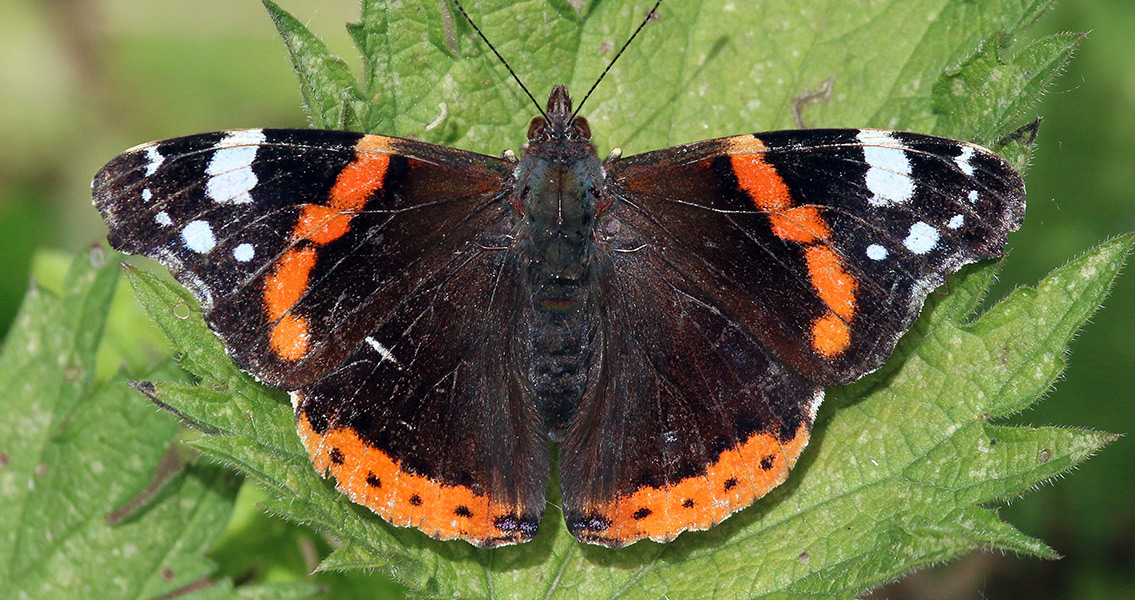<![CDATA[Fossilized remains of a long-extinct insect discovered in northeastern China have revealed a close resemblance between the species and modern butterflies. Paleobotanists have long known of the Kalligrammatid lacewing, thanks to the Eurasian fossil record. However, more detailed fossils of the insect species, which went extinct some 120 million years in the past, were recently discovered thanks to the diminished oxygen exposure from regions covered in freshwater lakes during the middle of the Jurassic and the early years of the Cretaceous. These fossils have been so fantastically preserved as a result that a startling array of the insects’ original structure can be studied – including wing markings that resemble the “eye spots” many modern butterfly species have on their wings. David Dilcher, a member of the research team that made the discovery and a professor at Indiana University, remarked in a press release that it had proven nearly impossible historically to conduct ecological and morphological examinations of the kalligrammatid due to the often poor preservation of the fossilized remains of the insect species. However, Dilcher added that thanks to the state of these newest fossils, he and the rest of his team had been able to find a vast amount of ecological and physical similarities between the modern butterflies of today and the lacewings – two species that evolved from a common ancestor 320 million years in the past. The kalligrammatid likely survived much in the same way modern butterflies do today, by flying from plant to plant with flowering reproductive organs and dipping their long tongues within to collect the nectar. The hairy legs of the lacewings likewise carried pollen from plant to plant, helping to pollinate these proto-flowers, just as modern insects do. Most striking is that the behavior of these ancient insects predates modern butterflies by around 50 million years – a clear case of convergent evolution wherein two species that are only distantly related develop the same or similar characteristics independent of one another. The research team was also able to detect the presence of scales on the mouthparts and wings of the lacewings. The patterns of these scales were similar to modern species of butterflies called nymphalids – a group known for wings that bear bright orange and red patterns – leading researchers to believe that Kalligrammatids might have had wing patterns that were reminiscent of modern painted ladies or red admirals. The eyespots on the ancient lacewings were also found to be formed by the same biological process used by modern butterflies bearing the telltale spots, with the dark centers of the marks formed by high concentrations of melanin. The research study, which was recently published in the Proceedings of the Royal Society B: Biological Sciences, can be found here Image courtesy of Wikimedia Commons user: Charlesjsharp]]>
Extinct Insect Bears Resemblance to Modern Butterfly
